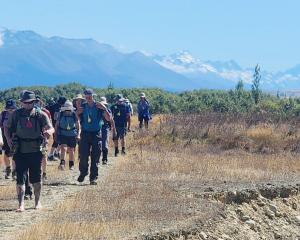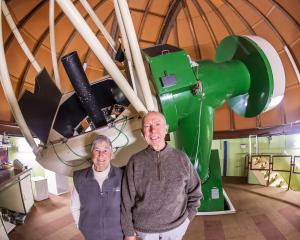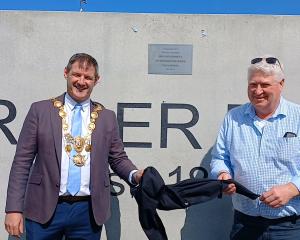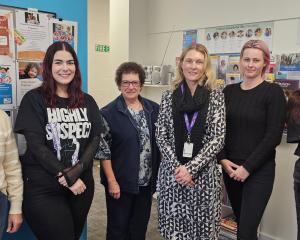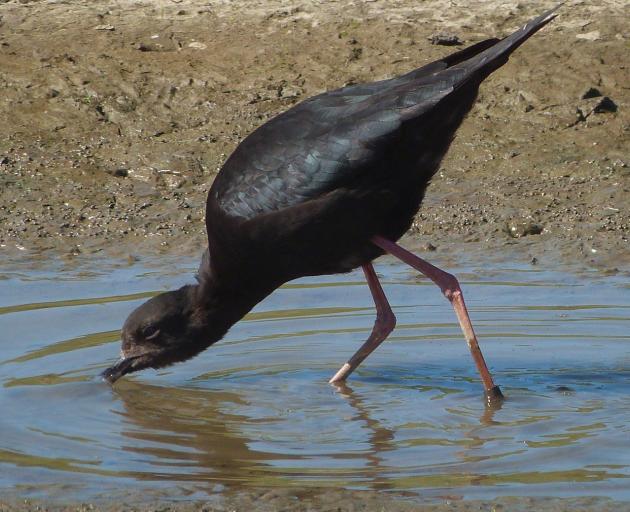
The wetland has become a feeding ground for one of the world’s rarest birds, and protecting the species is one of the goals behind the project.
Five years ago, a pair of kakī/black stilt started visiting the Crystal Brook farm in the Lower Waihao catchment, where the wetland is based.
Kakī are regarded by Māori as a taonga species — a living treasure — and just 169 of the native wild adult birds remain.
Farm owners Diane and Martin Cochrane and their nephew Simon Bloomberg had always intended on restoring the wetland to its former glory, but put it off as it was an expensive undertaking.
However, invasive weeds and pest willow began spreading through the wetland and threatening the environment.
With $10,000 of Action Plan funding allocated by the Lower Waitaki south coastal water zone committee, they were able to begin the work earlier this year.
The first stage of the project was preparing the boundary, which involved getting rid of all the invasive tree species, such as willows, which spread easily.
The next step was spraying the sides and re-fencing to allow for future expansion of the wetland.
In spring, they will start planting native vegetation.

"It will be a family project — anything we can do to improve the environment and to make it a better home for wading birds is worth it."
After planting, predator trapping will also be an important stage of the project.
Growing native vegetation would attract more birds and insects, which will lead to more predators trying to kill the birds.
Mr Cochrane said there had been a lot of wetland loss, particularly in Canterbury, and they were pleased the Hossack had not been developed into farmland.
"The fact that this wetland is still here, providing a natural filter for water going into the Waihao River, is definitely worth protecting."
Mrs Cochrane’s family, the Elliots, had farmed the property since the 1899 Waikākahi farm ballot, and bought the neighbouring Hossack Wetland in the early 2000s.
Improving the biodiversity for birdlife is just one benefit of the work.
Restoring the wetland also meant improving habitat for native fauna, slowing water down during a flood and forming part of a biodiversity corridor along the Waihao River.
The family hoped the project would encourage other landowners to show interest in how they could contribute to improving water quality and biodiversity.
They planned to protect the wetland with a QEII covenant to ensure its survival for future generations.
Incorporating public access to the wetland would also be part of the restoration project.
Acting as a natural "filter" for water, wetlands play an important role in water quality, absorbing nutrients and trapping sediment that would otherwise make its way into our fresh water.
By slowing the water flow from land and releasing it slowly in dry periods, they also play a vital role during periods of high or low rainfall.
— APL

